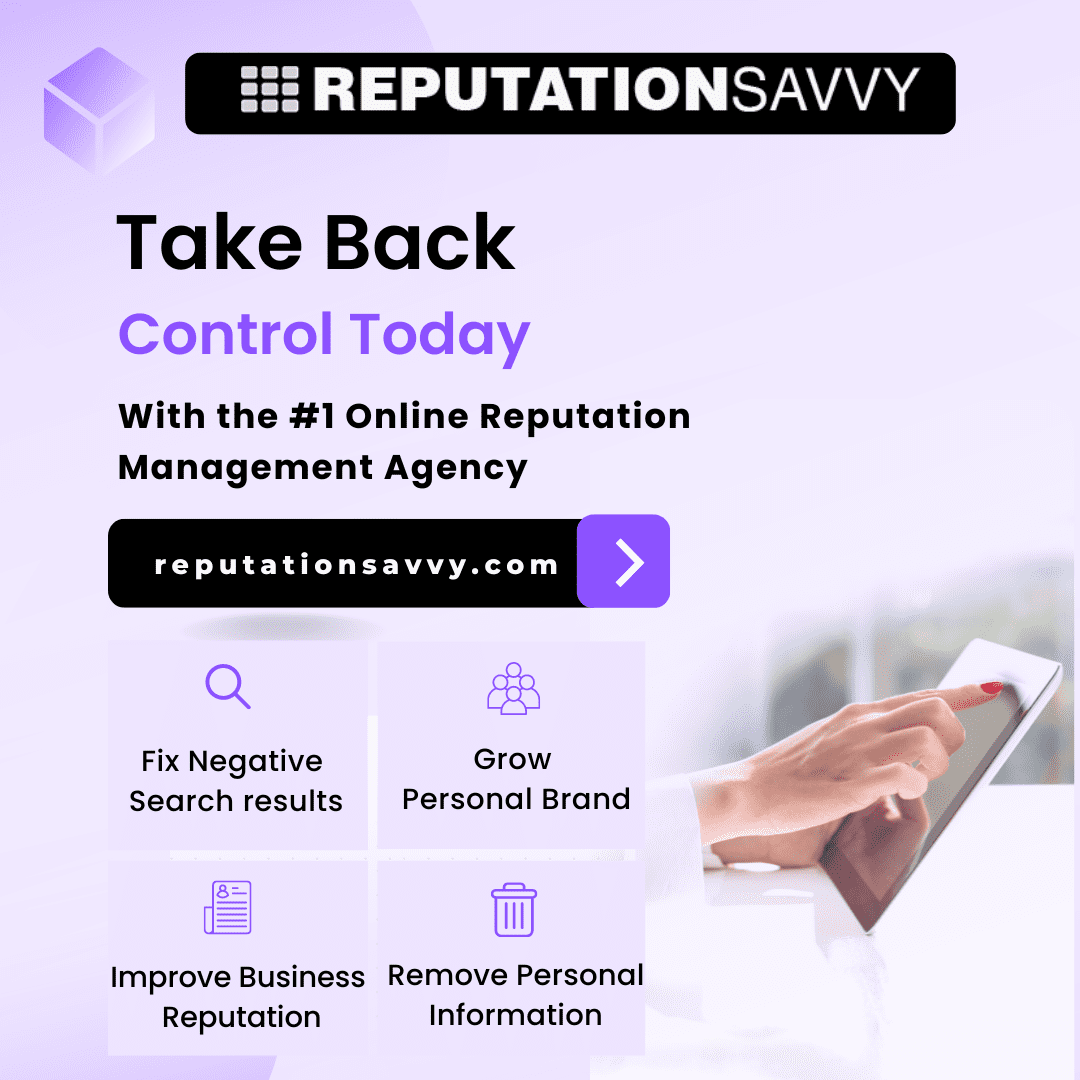Human resource management is a vital aspect of any business or organization, involving managing the organization’s most valuable resource – the workforce. HR management platform includes a range of processes such as recruitment, onboarding, performance evaluation, payroll processing, and employee engagement. In the past, these processes were often managed manually, which was time-consuming & prone to human errors. However, with the advent of technology, HR management platforms have become increasingly popular as a way to streamline these processes and improve efficiency.
The HRMS is a specialized system created to facilitate collaboration between an organization’s HR department and other departments. Choosing the right HR management platform can help organizations effectively manage their human resources, improve operational efficiency, and achieve their business goals.
Here are the robust features to consider when selecting cloud-based HR software for the premises to elevate the employee experience. Let’s start to get a deep understanding of it.
Must-have Features In Cloud-based HR Software
While creating an HR system requirements checklist, it’s essential to consider various software features that effectively manage the organization’s HR & its core functionalities. Some of the critical cloud-based HR software features to consider include:
Hiring And Orientation
Hiring, recruiting, and onboarding are critical HR functions that can be quite time-intensive and involve a considerable amount of administrative tasks. Look for a cloud-based HR software that offers a comprehensive recruiting and onboarding module which can automate human resource tasks. To illustrate, tasks such as applicant screening, arranging interview appointments, and facilitating a seamless induction process for fresh hires.
Significantly, it ensures all new hires go through the same orientation process & receive the same information & training, reducing the risk of inconsistency & biases. Also, it records and tracks the data related to the hiring & orientation process, providing valuable insights for improving the process in the future. Conclusively, the system ensures a successful transition for new hires as well as streamlines the existing employee’s operations.
Time And Attendance Management
Time and attendance management is an important function for any organization, and HR software can help streamline & automate many of the processes involved. It automatically tracks employees working hours, including punch-in and punch-out time, break, and overtime hours, which eliminates the need for manual timesheets. Eventually, it reduces the chances of human errors. Moreover, it keeps track of staff members’ nonattendance, including both illness-related and holiday-related absences. By using that piece of recorded data, the system generates an analytical report on employees’ time and attendance patterns and labor costs. Overall, it helps organizations manage their time & attendance processes more accurately, freeing up time & energy for HR staff to focus on other tasks.
Performance Evaluation And Career Development
Performance management is another key feature to look for in HR performance software when deploying it into an organization. It includes tools for tracking employee performance, conducting performance evaluations, and delivering feedback and coaching. The system assists in setting SMART goals for employees, providing a clear roadmap for career development and growth. It can also help identify training and development needs for employees and provide resources and opportunities for professional development and succession planning.
An effective performance management system can help to motivate employees, improve productivity, and drive business growth. Additionally, organizations can provide more personalized and effective support for employees, leading to increased engagement and retention.
Payroll Administration
HR software can be a robust tool to aid with payroll administration, which involves managing employees’ compensation, including salary, perks, bonuses, taxes, & deductions. It can integrate with time and attendance data, ensuring accurate calculation of employees’ total working hours & ensuring that they are paid on time. Additionally, it records each employee’s information and generates payroll reports, which can be accessed in the future if needed.
The implementation of digital payroll software in an organization can minimize data redundancy and manual data entry to a minimum level. All information can be collected from a single system, which reduces human effort and enhances accuracy. A well-efficient payroll management system enables the smooth management of payroll activities, leading to desired outcomes with no chance of false entry.
Integration With Other Systems
Many HR software solutions have integration capabilities with other systems and applications. The integration allows HR software to communicate with other systems to streamline processes and avoid duplication of effort.
For example, HR software may be integrated with payroll systems, time and attendance systems, benefits administration systems, or applicant tracking systems. It helps automate tasks such as tracking employee hours, calculating pay and taxes, managing benefits enrollment, and recruiting and hiring new employees.
As a result, Integration can also improve data accuracy and eliminate the need for manual data entry between systems. Eventually, it saves time and increases productivity for HR teams.
Analytical Insights And Document Control
HR software can help organizations with analytics and document control in several ways.
Analytics:
HR software can collect data on employee performance, engagement, and other key metrics. This data can be analyzed to identify patterns and trends, which can then be used to inform business decisions and improve overall performance. Also, it helps with workforce planning, allowing organizations to identify skills gaps and plan for future hiring needs.
Document control:
The HR management platform can centralize employee records, ensuring that all documentation is stored in one place and is easily accessible. It helps organizations maintain compliance with legal requirements by providing tools for tracking employee data & ensuring that all necessary documentation is complete & up-to-date.
The Wrapping Up
The digital transformation of HR and recruitment has opened up new possibilities for organizations to optimize their operations and improve workforce management. By implementing cloud-based HR software, organizations can streamline routine tasks, freeing up resources to focus on attracting, motivating, and developing talent. When choosing an HR management platform, it’s important to prioritize core features. For example- recruitment and applicant tracking, performance management, learning and development, employee self-service, mobile compatibility, and integration capabilities. Organizations can achieve greater operational efficiency and better achieve their overall goals by selecting a platform with these features. Ultimately, the digitalization of HR presents an opportunity for organizations to create a more agile and collaborative culture, leading to greater success & innovation.











